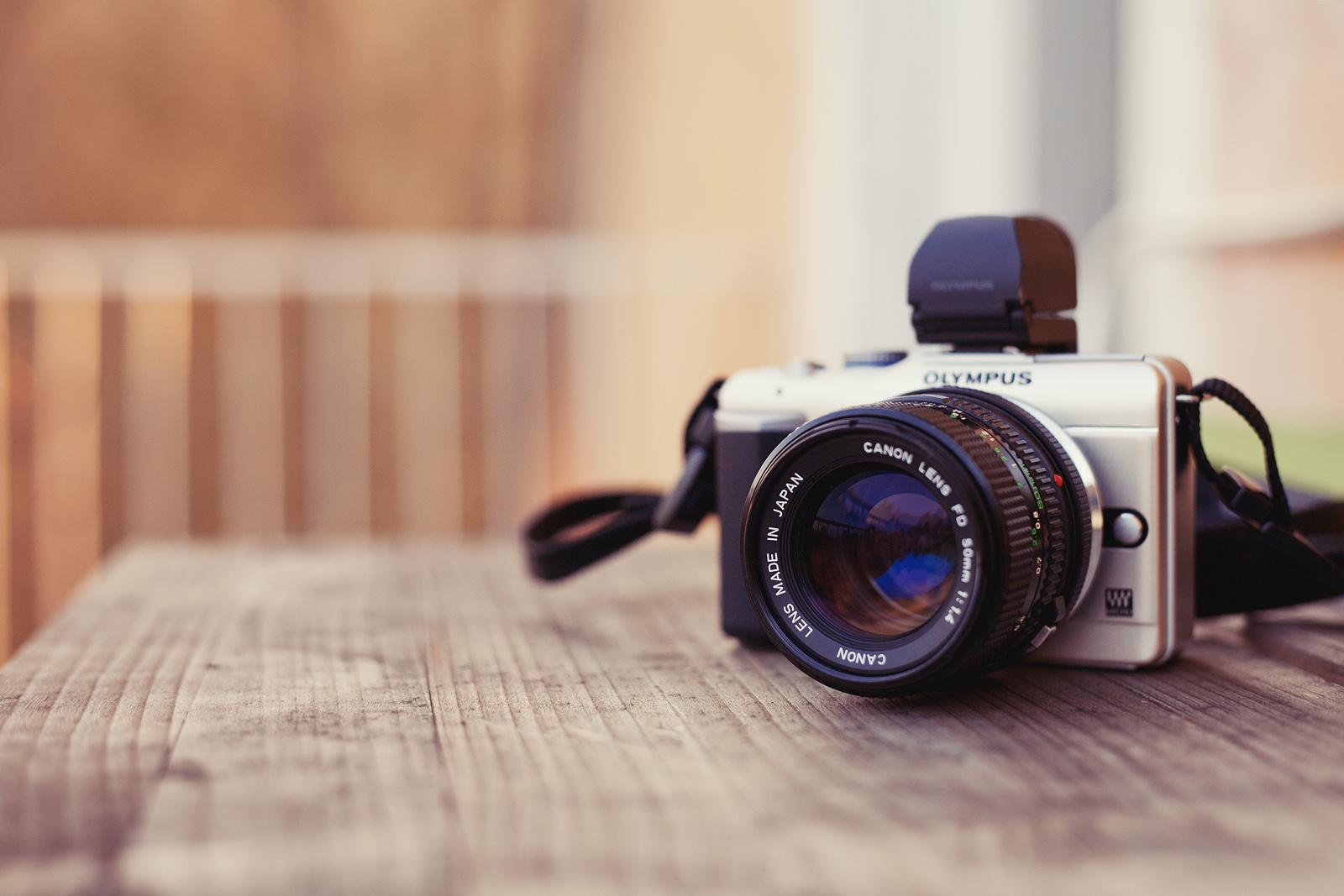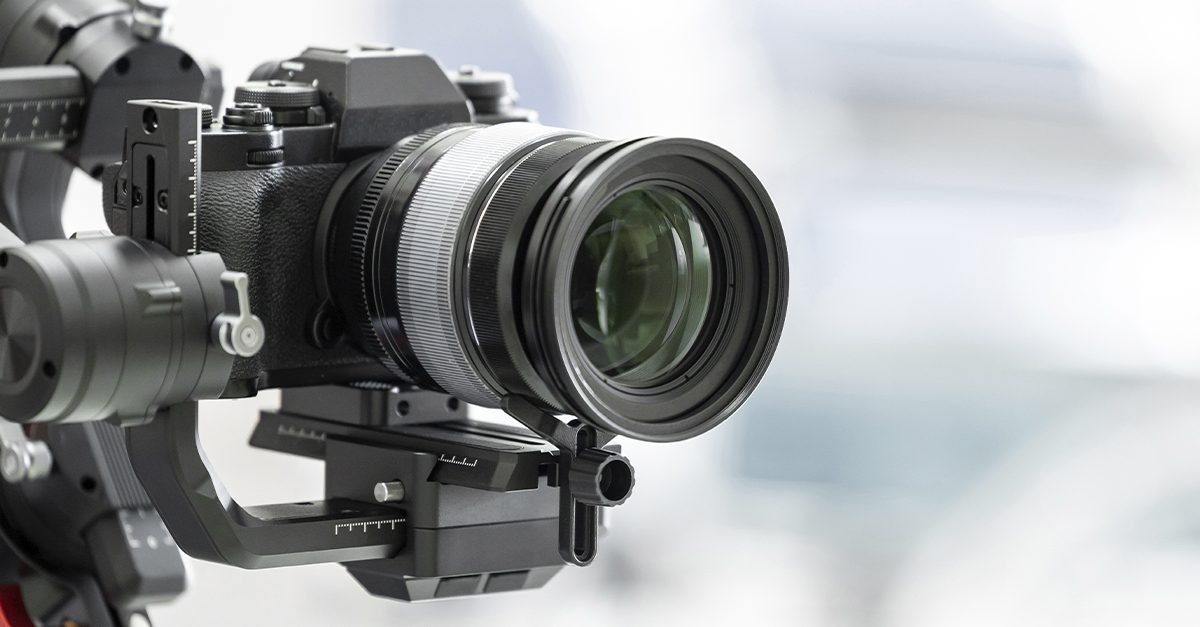When your camera stops working, it can be a significant inconvenience, especially in a world where capturing and sharing moments instantly has become the norm. Whether it’s the camera on your smartphone, webcam, or a dedicated digital camera that’s causing the trouble, there are several steps you can take to resolve the issue. Let’s walk through the troubleshooting process to get your camera up and running again.
Preliminary Checks: Quick Fixes You Should Try First
Ensure the Camera Has Permission
If your camera isn’t working, particularly on a smartphone or computer, the first step is to check if the camera has the necessary permissions to operate. For smartphones, go to the ‘Settings’ app, then find ‘Apps’ or ‘Applications,’ and locate the camera app. Ensure that it has permission to access the camera. On a computer, you can often find these settings in the privacy section of your system settings.
Check for Physical Obstructions or Damage
Sometimes, the issue is as simple as a blocked lens. Ensure there’s nothing obstructing the camera’s view. Check for lens caps on DSLRs or protective cases on smartphones that might be covering the lens. Also, inspect the camera for any visible signs of damage. If you find physical damage, you may need to consult a professional for repair or replacement.

Software Solutions: Updating and Resetting
Update Your Device’s Operating System and Camera App
Outdated software can cause compatibility issues with your camera. Check for any available updates to your device’s operating system. If you’re using a smartphone or tablet, visit the App Store or Google Play Store to update your camera app. On a computer, check the manufacturer’s website for the latest drivers or use the built-in update feature.
Reset the Camera App or Settings
If updates don’t fix the issue, try resetting the camera app’s data. On a smartphone, this can be done through the app’s settings by clearing its cache and data. Be aware this may remove any saved settings or data within the app. On a computer, you can often reset the camera from the device manager by uninstalling and reinstalling the camera drivers.
Hardware Troubleshooting: When It’s Not a Software Issue
Restart Your Device
Before diving deeper into hardware troubleshooting, perform a simple restart of your device. This can resolve temporary glitches that might be causing the camera to malfunction.
Check Connection and Hardware Components
For external webcams or cameras attached to a computer, ensure that all connections are secure. Unplug and replug the device to confirm it’s connected properly. If you have another computer or USB port available, try connecting the camera to it to see if the problem persists. If the camera works on another device, the issue might be with the original computer’s hardware or USB port.
Professional Help: When DIY Doesn’t Cut It
Consult the Manufacturer’s Support
If none of the above steps work, it’s time to contact the device manufacturer’s customer support. They can provide you with specific troubleshooting steps for your camera model and might be able to offer a repair or replacement if it’s under warranty.
Visit a Repair Shop
When in doubt, seek help from a professional repair service. They have the expertise and equipment required to diagnose and fix complex camera issues that you might not be equipped to handle.
Remember, when dealing with camera problems, start with the simplest solutions before moving on to more complex troubleshooting. Software updates, app resets, and physical inspections can resolve many common camera issues. However, if the problem lies deeper within the hardware, professional assistance might be necessary. By following these steps, you can identify the issue with your camera and take appropriate action to fix it, ensuring that you can get back to capturing those precious moments without a hitch.
